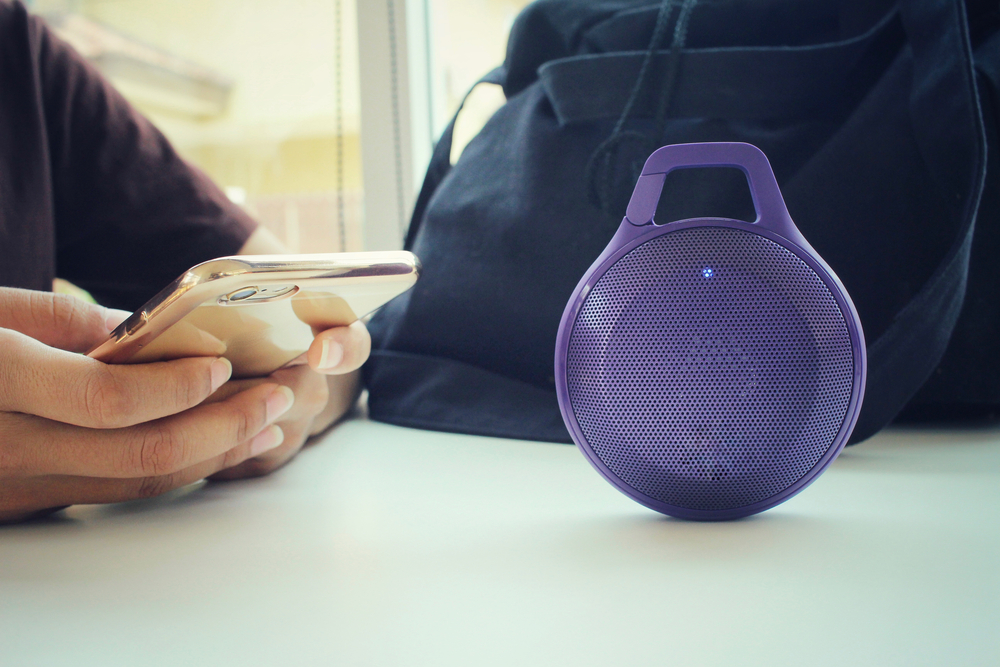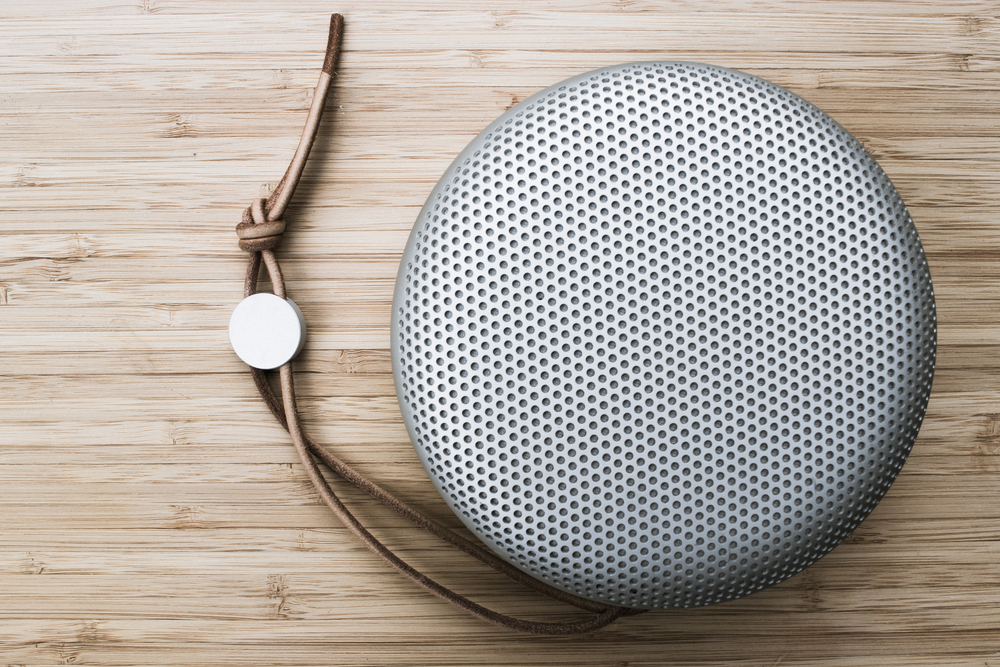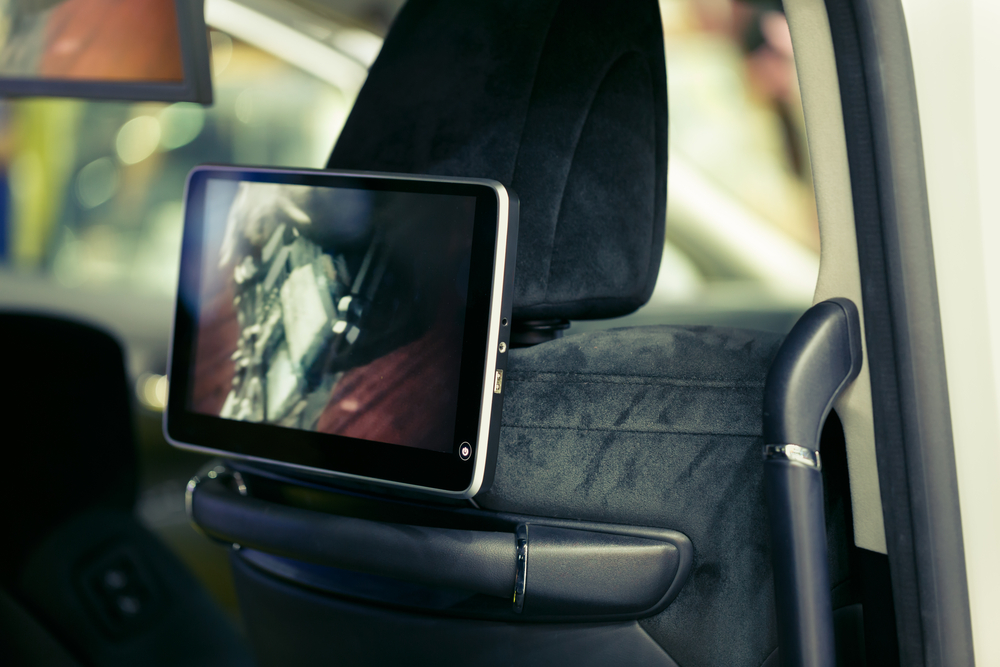Are Portable Media Devices Still a Necessary Investment in the Digital Age?
This article explores the relevance of investing in portable media devices in the modern digital era. It discusses the evolution of these gadgets from simple music players and portable TVs to high-end portable audio and video devices. Despite smartphones dominating media consumption, dedicated portable media players still serve niche needs—offering prolonged usage, better durability, and superior sound quality. The article analyzes whether these devices are worth purchasing today, especially for travelers, outdoor enthusiasts, and media lovers. It provides insights into current options, their advantages, and when they remain practical for everyday use.

Are Portable Media Devices Still a Necessary Investment in the Digital Age?
In today’s fast-paced digital world, the landscape of personal media consumption has undergone a dramatic transformation. Decades ago, portable media devices such as MP3 players, portable CD players, portable TVs, and early video players revolutionized how people enjoyed music and videos on the go. These devices were often small, lightweight, and highly convenient, allowing users to carry their favorite entertainment wherever life took them. Brands like Apple with their iPod series, Sony Walkman, and various other manufacturers flooded the market, providing consumers with a range of options tailored to different needs and preferences. The simplicity and portability of these devices made them an essential part of daily life for many early adopters.
Back in the day, portable video devices such as portable TVs, portable DVD players, and early handheld gaming consoles were also common sights. While their prominence has waned over time, these gadgets never completely disappeared. They can still be found on online retail platforms like Amazon and eBay, catering to niche audiences or collectors. Notably, even though Apple announced the discontinuation of its iconic iPod line, these devices remain available for sale through various online outlets, prompting a question that many consumers now face: Are dedicated portable media devices still relevant or worthwhile investments today?
This question doesn’t have a straightforward answer; instead, it requires understanding current media consumption habits and technological advancements. Modern smartphones, for instance, have become all-in-one media centers, boasting larger screens, advanced processors, longer-lasting batteries, and improved sound quality that surpass most dedicated media players. As a result, most users now prefer their smartphones for streaming videos, listening to music, and accessing digital content, rendering dedicated media devices somewhat obsolete for everyday use.
However, despite the dominance of smartphones, dedicated portable media devices continue to serve specific needs. The latest Apple iPod Touch, for example, still exists and offers a device that combines media streaming capabilities with constant connectivity, making it an attractive option for users who want a separate device for entertainment. Additionally, more specialized gadgets like the Pioneer XDP-100R-K offer substantial storage—up to 400 GB—with expandable microSD slots, which appeals to audiophiles and media enthusiasts who require extensive offline libraries of music and videos without draining their smartphone’s battery.
For those who frequently go on long trips, outdoor adventures, or spend extended periods away from power sources, a dedicated media player can be incredibly practical. Carrying a separate device ensures uninterrupted entertainment, especially during long flights, road trips, or outdoor excursions where charging options may be limited. Moreover, some users prefer dedicated devices for their superior audio quality; high-end portable media players often support advanced audio formats and features, providing a listening experience that surpasses standard smartphones.
Another advantage of dedicated media devices is their durability and design optimization. Many are built to withstand harsh conditions, making them suitable for outdoor activities or sports. They also often come with physical controls, which some users find more intuitive than touchscreens for quick media control during workouts or commutes.
In conclusion, whether investing in a portable media device remains worthwhile depends largely on individual lifestyle and usage patterns. If you’re someone who spends many hours traveling, camping, or engaging in outdoor activities where access to power is limited, a dedicated media device can significantly enhance your entertainment experience. For most urban users or those with busy lifestyles relying on smartphones for media consumption, these devices may seem redundant, but they still hold value for niche applications and specific preferences.
Overall, the relevance of portable media devices has shifted with technological advances. While they may not be as omnipresent as before, they still play an important role for certain segments of users. As technology continues to evolve, we can expect new features and improved designs to keep these devices relevant for entertainment aficionados, adventurers, and tech enthusiasts alike. Therefore, if you’re considering whether to invest in a dedicated portable media player, evaluate your habits, needs, and whether a separate device could enhance your entertainment experience beyond what a smartphone offers.





